The Purrrrrfect Guide to a Cat’s Dental Care…
Do you know where your cat’s mouth has been? I suppose not. Be it street cats or domesticated ones, they always have prohibitory stuff in their mouths. Ultimately, different types of dental diseases in cats become a reality that can’t be ignored.
Whether domesticated cats or street ones, rodents or other small creatures always tend to end up in between their teeth. While you might not see any signs of dental diseases early on, poor cat dental health can ultimately lead to gingivitis or other periodontal diseases.
Such oral diseases are bound to disrupt cats’ overall and mouth health, which can cause pain and discomfort for your furry little animals. Although cats might not be very keen on portraying their pain well because of its slow build-up that becomes a part of their lives, they are still in pain that you can not see.
Hence, it has become essential to keep your cat’s dental health in check over the years. The best way is to take your cat for monthly appointments at a trusted professional vet. If that is not a choice for you, keep on reading and learn other alternative ways to maintain the qualified oral health of your cats.
How Can a Cat’s Dental Health Go Bad?
Cats are obligate carnivores. Keeping the high amount of protein coupled with the low carbohydrates intake in mind, their digestive systems are also designed to support that lifestyle. As well as, a set of robust and exceptionally sharp teeth is a part of their structure design helpful for tearing and ripping apart pieces of meat. Whereas in other mammals, the teeth are comparatively softer, designed only for grinding. But on the other hand, cats’ mouths also lack active enzymes that fight off bacteria, like in humans or other mammals.
Have you ever peeked inside your cat’s mouth? Good thing you haven’t, because their sharp teeth tend not to be attended to. But they have a unique shape to their teeth, can cause food disposal amidst the cracks of the teeth, and reside side by side with the gumline. The tooth surface then gets covered with a thick and sticky substance, known as plaque, that is caused by the amalgamation of bacteria, saliva, and food disposals. This condition called gingivitis causes extreme redness, pain, and swelling side by side of the gumline.
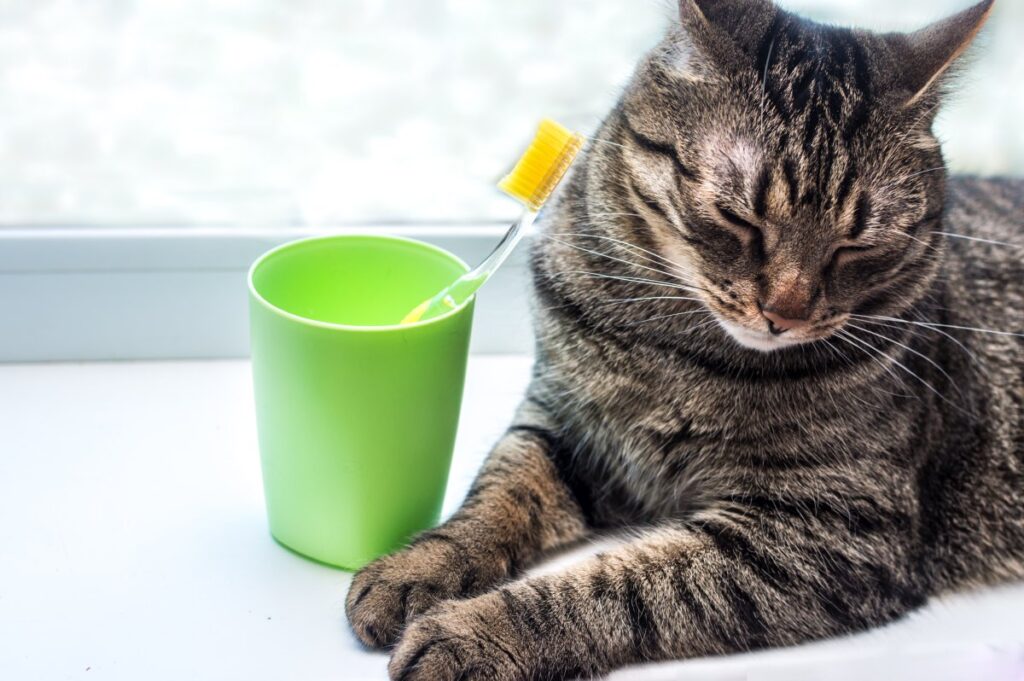
When a cat’s dental health is neglected for far too long, this plaque can become hardened and creates a substance called tartar. This substance, known as tartar, resides along the gumline, beneath the teeth, and side by side with the teeth, leading to periodontal disease. This, further, is a severe and painful condition for cats that vets must well attend to before it’s too late. Over time, if this condition is not well taken care of, it can lead to speedy tooth loss for cats at a young age.
Not only this, but the presence of periodontal diseases in a cat’s mouth can cause the entrance of bacteria in the animal’s bloodstream and further affect their overall health. Once these bacteria have entered the body through the cat’s bloodstream, they can ultimately threaten liver, kidney, or heart failure.
Signs, Symptoms, and Treatments
As a personal cat owner, you must know that your precious little animal does not tend to show pain until it becomes extremely severe. Hence when it comes to us, it becomes difficult to spot mouth or tooth pain in cats because of its gradual build-up. So here are some symptoms and signs of dental diseases in cats you should keep an open eye for:
- Tooth discoloration or Visible Tartar
- Bad breath
- Bleeding, Red, or Swollen Gums
- Exposed Roots of Teeth
- Blooded Drooling
- Weight Loss
- Difficulty in Eating
- Lesser Grooming
- Pawning of Mouth or Teeth
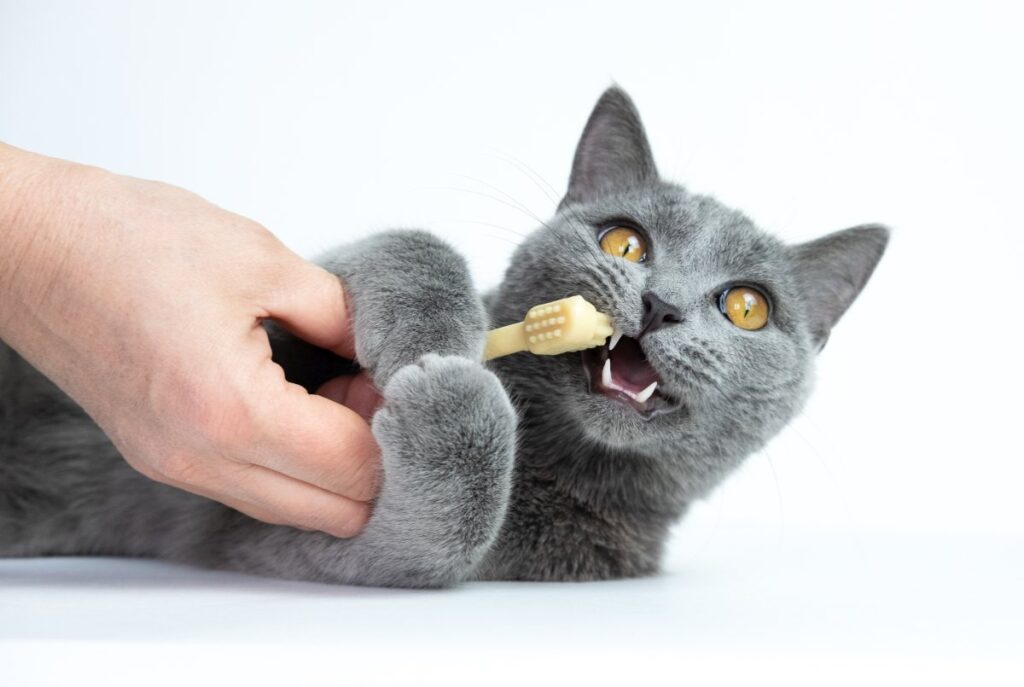
How to Maintain Flawless Dental Hygiene of Your Cat?
There are many ways that can help you maintain proper dental hygiene for cats. But it would be best if you were committed and caring towards your cat to maintain long-term and diligent dental hygiene over the years. Some of the homely cat dental hygiene practices are:
- A committed routine of cleaning your cat’s teeth from a young age.
- Take your cat for semi-annual dental hygiene exams.
- Keep your eyes open for any signs in your cat, including bad breath, redness, or bleeding in the gums.
- Discuss your cat’s diet or eating habits during monthly checkups with the vet.
- Maintain early checkups, preventions, and dental hygiene for your cat, so they don’t catch severe dental diseases or end up with severe health repercussions.
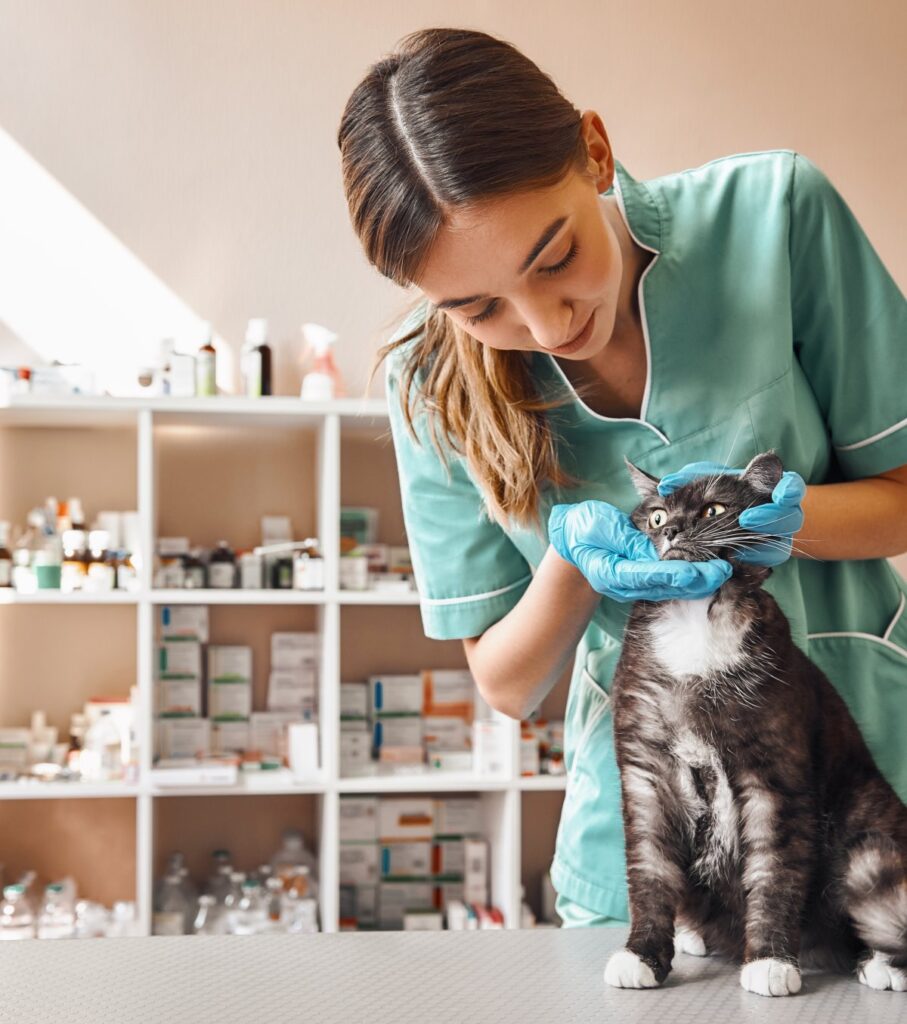
In your cat’s annual or semi-annual checkups, cleaning practices of the cat’s teeth include x-rays under strong anesthesia in order to diagnose any build-up of dental diseases and complete oral exams. In the case of an affected tooth, the treatments include extraction of the tooth.
There is also some involvement of medications in the case of gingivitis for the elimination of pain. Hence, cat dental hygiene is paramount through annual oral exams of checkups. In the end, a cat’s dental health is not only limited to its oral well-being but also ultimately affects the overall physical health of the animal.
Conclusion
So this rounds up to the fact that dental diseases of cats should not be neglected as they can lead to serious health issues and conditions, including a substantial risk of cancer, lung and heart diseases, kidney failure or diseases, and gastrointestinal issues over the years as well.
Hence, the best way to keep your cat healthy and happy is through professional and thorough dental checks and strict maintenance of dental hygiene as well. This will help in fighting off any threatening dental problems in your cat early on and maintain the overall health of your precious, furry little animal.

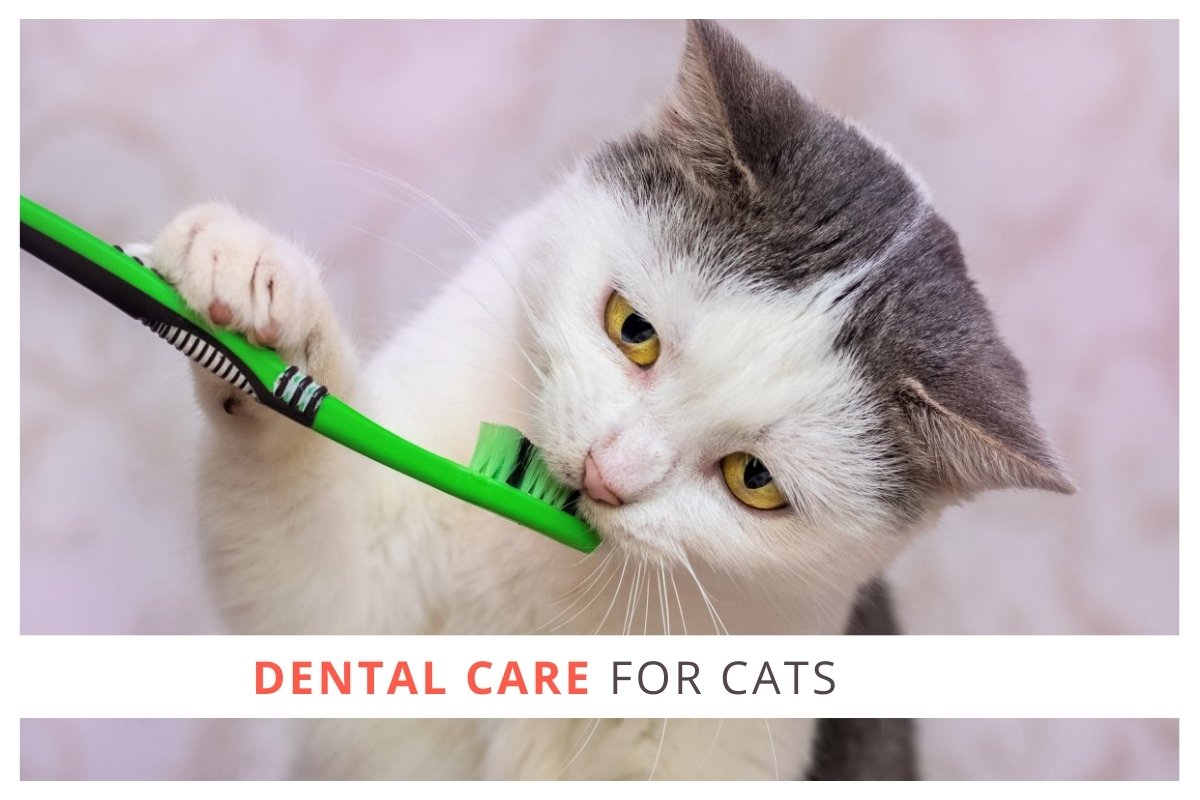
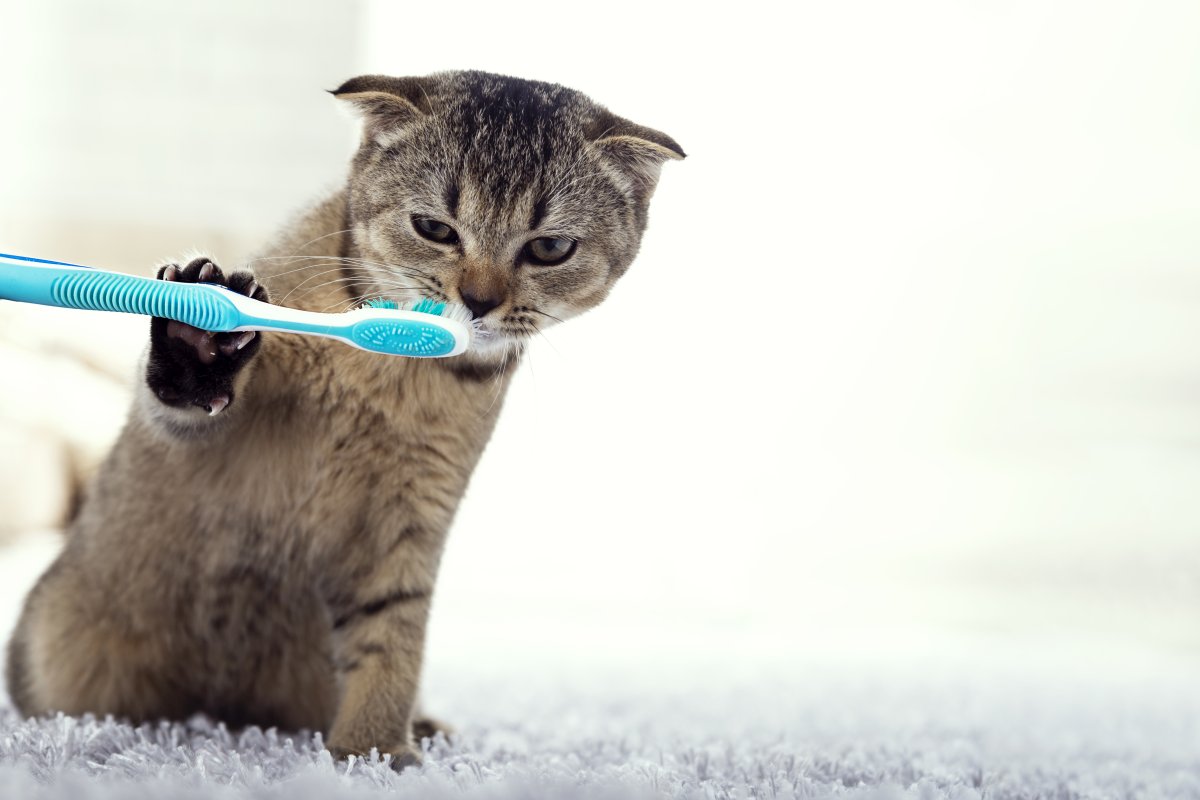
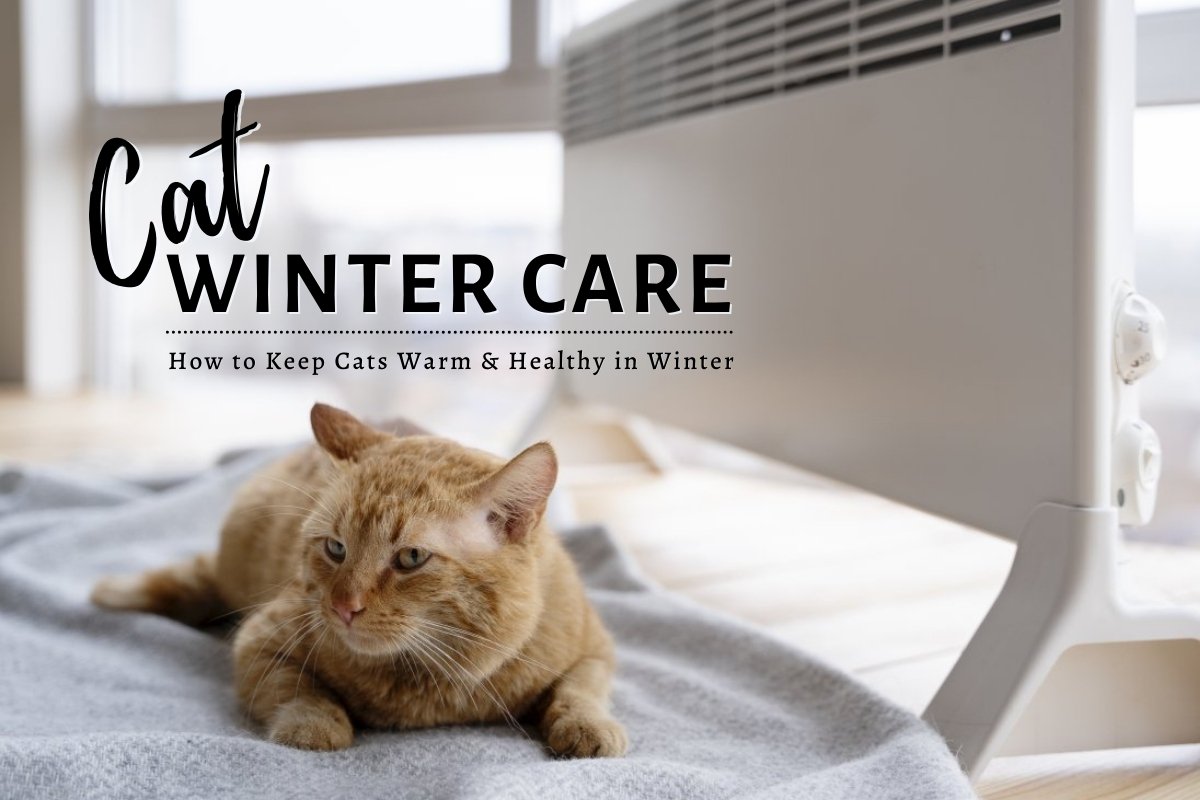
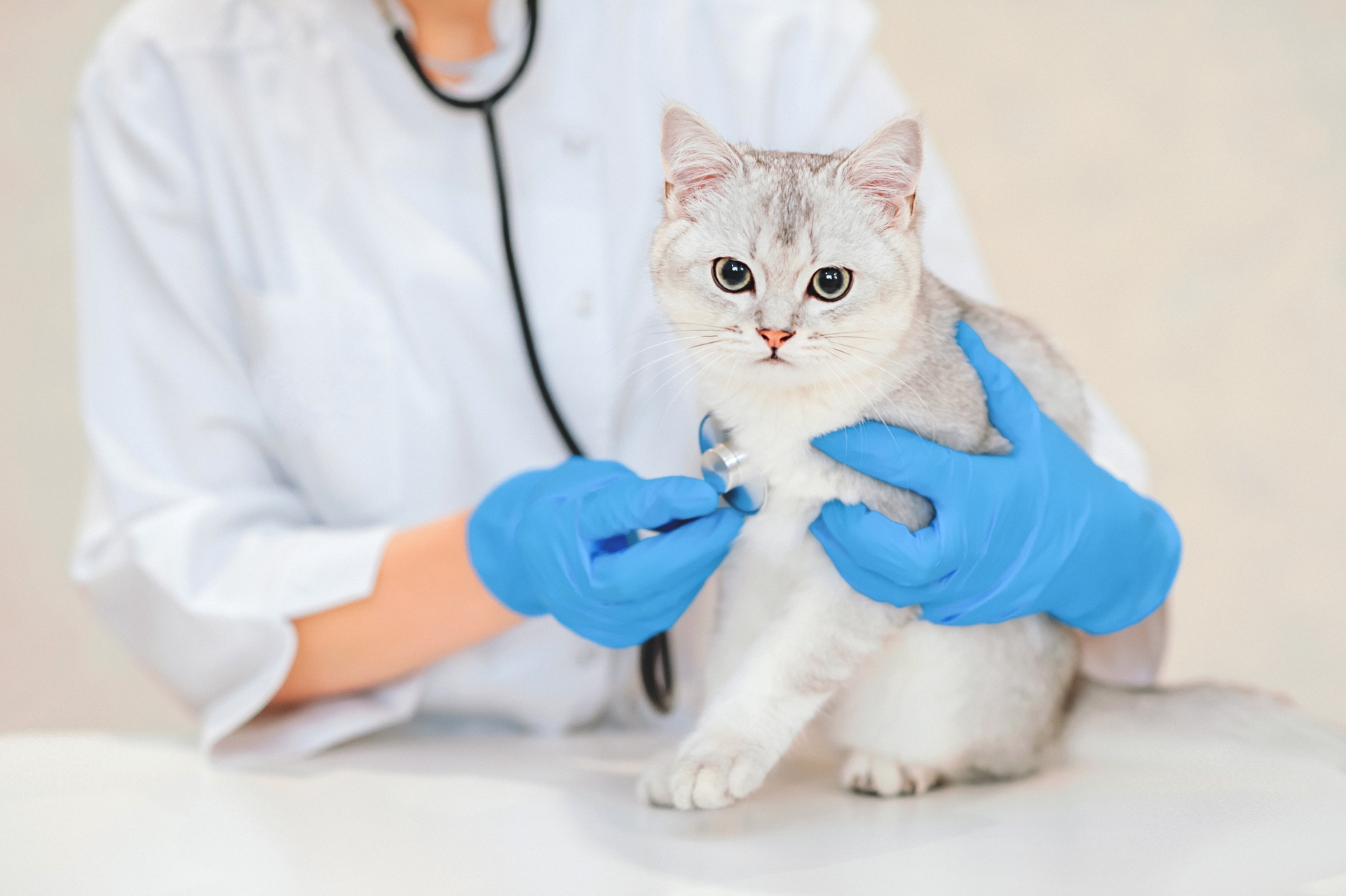
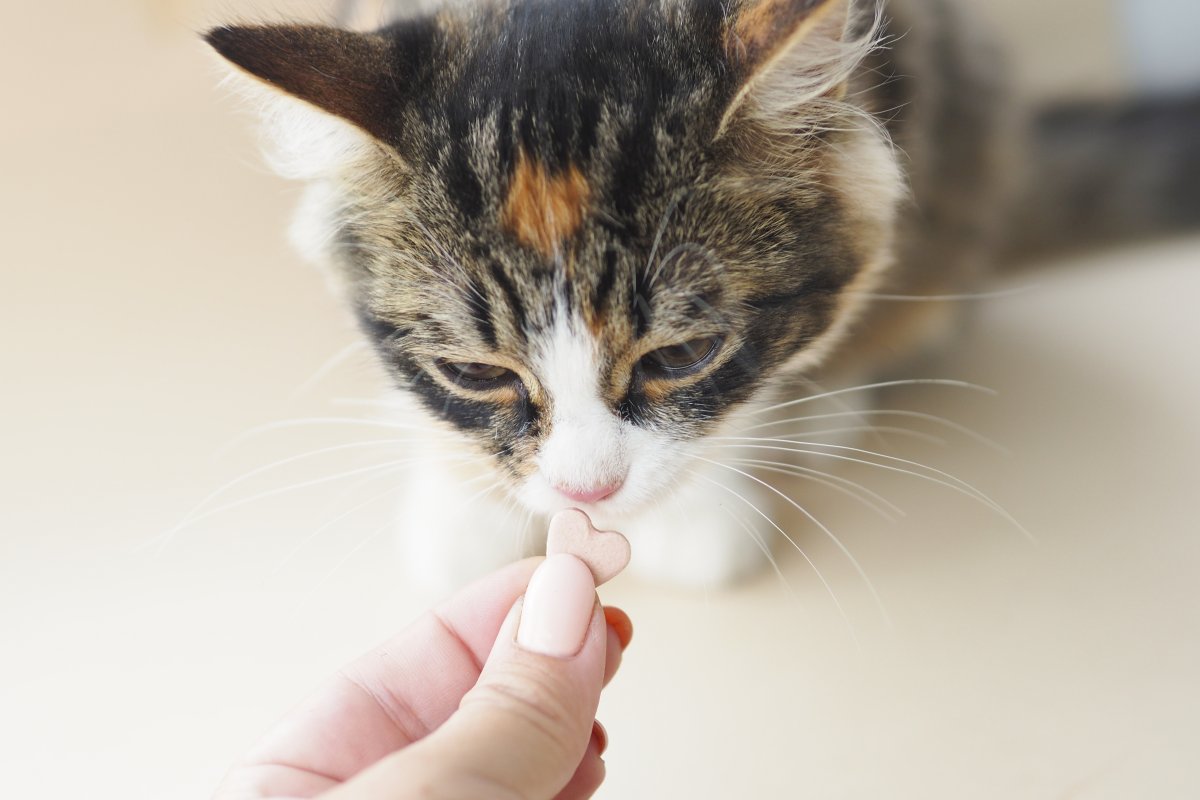
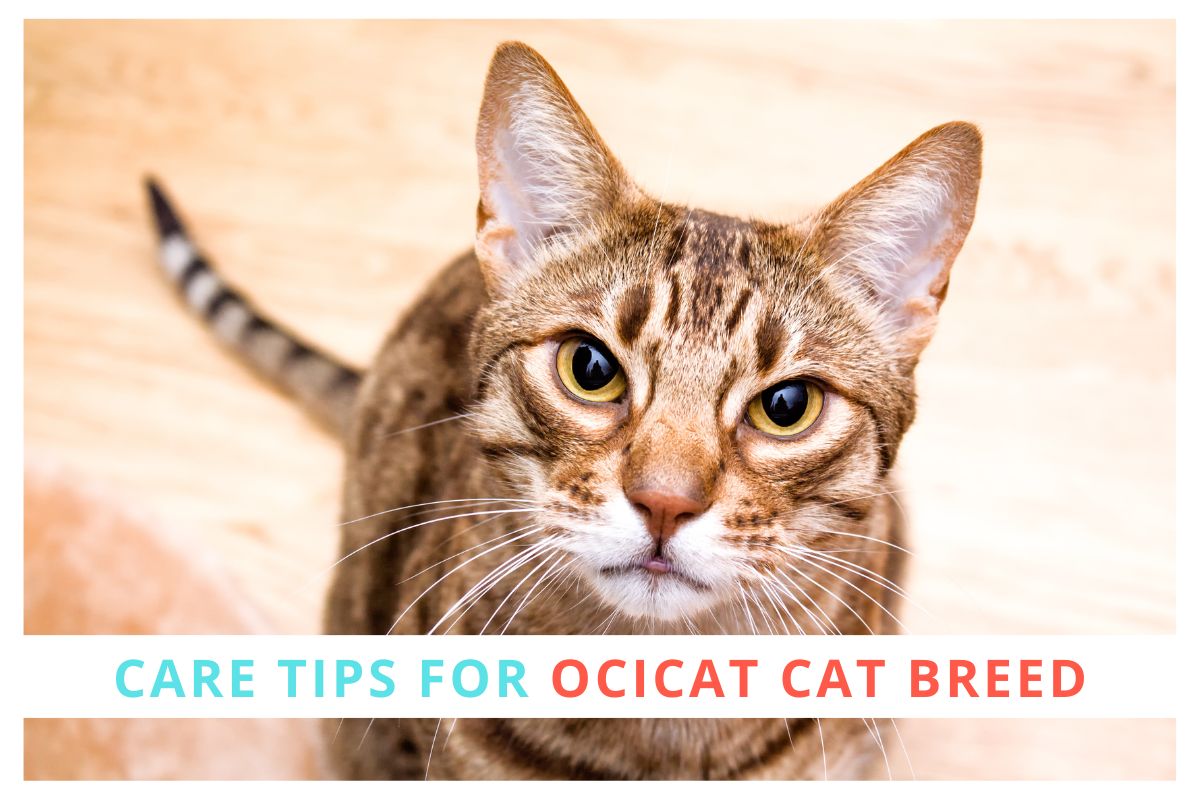
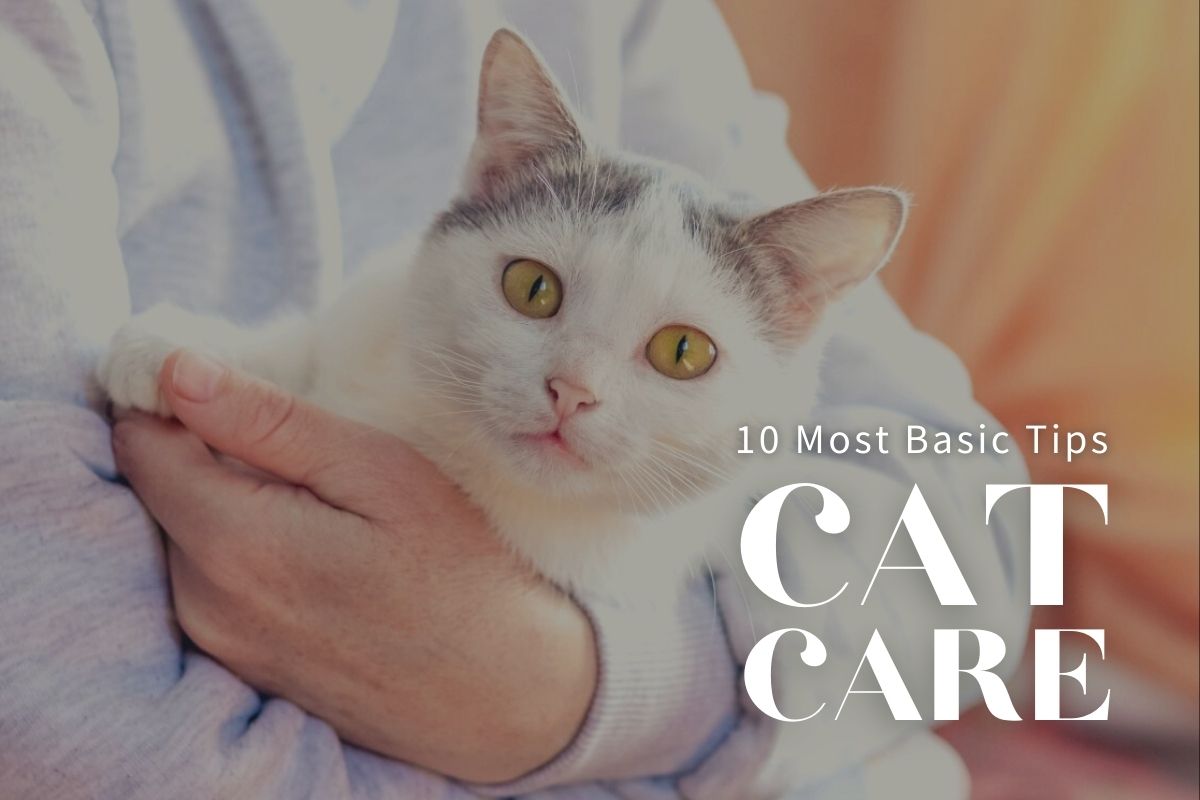
1 comment